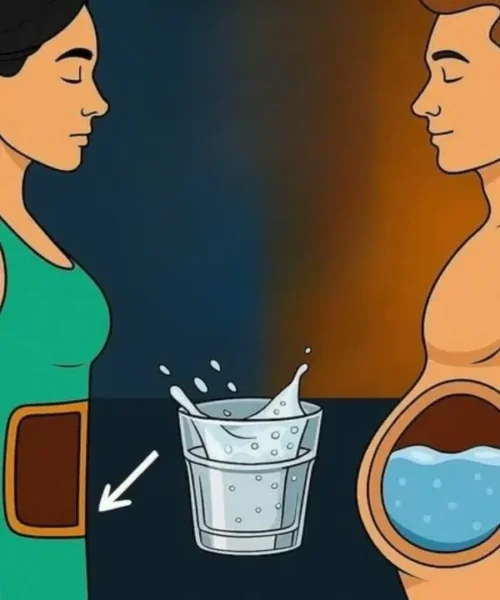10 Common Mistakes You’re Making When Drinking Water (And How to Fix Them)
Staying hydrated is essential for overall health, but many of us unknowingly make mistakes that can hinder the benefits of water. From timing to quantity, here are 10 common water-drinking errors and how to correct them for optimal hydration.

1. Waiting Until You’re Thirsty to Drink
Thirst is a late sign of dehydration. By the time you feel thirsty, your body is already slightly dehydrated, which can lead to fatigue, headaches, and poor concentration.
Fix: Drink water consistently throughout the day, not just when you’re parched. Start your morning with a glass of water and keep a bottle with you as a visual reminder.
2. Chugging Water All at Once
Downing a full glass (or bottle) in one go doesn’t give your body time to absorb the water properly. It can also lead to bloating and even water intoxication in extreme cases.
Fix: Sip water slowly and steadily. Your body absorbs water more efficiently when it’s consumed in small, consistent amounts.
3. Drinking Too Much Water Before or During Meals
While a small sip is fine, drinking large amounts of water with meals can dilute stomach acid, slowing digestion and reducing nutrient absorption.
Fix: Drink water 30 minutes before a meal or 30–60 minutes after. This gives your digestive system room to work without interference.
4. Relying Only on Water for Hydration
Water is essential, but hydration isn’t just about H₂O. Your body also needs electrolytes (like sodium, potassium, and magnesium) to retain fluids and maintain balance.
Fix: Pair water with electrolyte-rich foods like bananas, spinach, avocados, and coconut water—especially if you’re active or sweating.
5. Using a Dirty Water Bottle
A reusable bottle not cleaned regularly can harbor bacteria, mold, and germs—turning your healthy habit into a health risk.
Fix: Wash your water bottle daily with warm, soapy water. Use a bottle brush for hard-to-reach areas, and let it air dry completely.
6. Drinking Ice-Cold Water with Meals
Very cold water can constrict blood vessels and slow down digestion. Some traditional healing systems suggest it can also disrupt digestive fire or “agni.”
Fix: Opt for room-temperature or warm water, especially during meals. Warm lemon water in the morning is a great way to gently kickstart digestion.
7. Ignoring the Color of Your Urine
Your urine is one of the best indicators of your hydration status. Clear urine isn’t always a good thing—it can mean you’re overhydrating. Dark yellow? You’re likely dehydrated.
Fix: Aim for pale yellow—like lemonade. That’s the sweet spot for optimal hydration.
8. Replacing Water with Sugary or Artificial Drinks
Sodas, flavored waters, and energy drinks often contain sugar, artificial sweeteners, or caffeine, which can dehydrate you or spike insulin.
Fix: Stick to plain water, herbal teas, or naturally flavored water (like cucumber, lemon, or mint). Read labels carefully—just because it says “vitamin water” doesn’t mean it’s healthy.
9. Not Drinking Enough Water When You’re Active or Stressed
Physical activity, heat, and even stress increase your body’s water needs. Not adjusting for these can lead to fatigue, muscle cramps, and brain fog.
Fix: Add an extra 1–2 glasses of water on active days or during stressful periods. If you’re sweating a lot, consider adding a pinch of sea salt or an electrolyte supplement.
10. Thinking Coffee and Tea Don’t Count
Caffeine is a mild diuretic, but moderate consumption of coffee and tea still contributes to your daily fluid intake.
Fix: Enjoy your coffee and tea in moderation, but don’t rely solely on them for hydration. Balance them with water throughout the day.